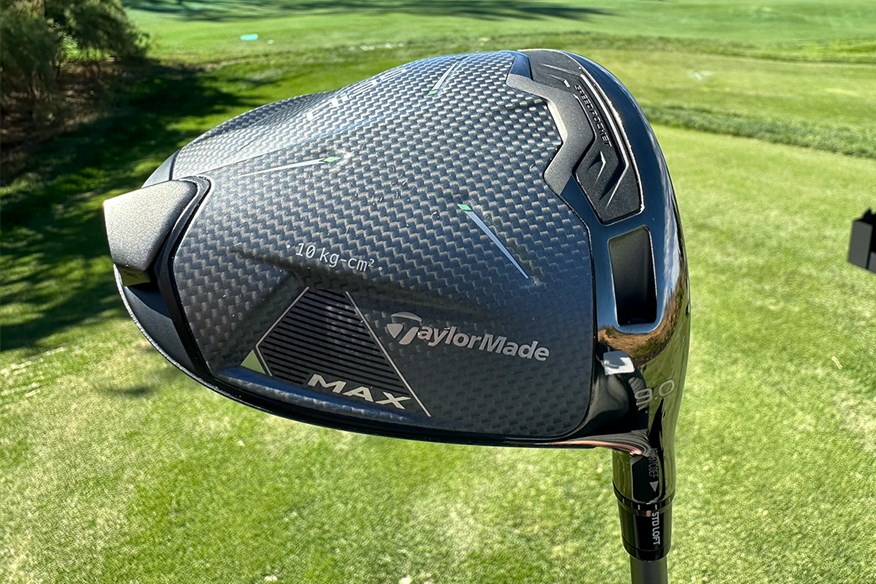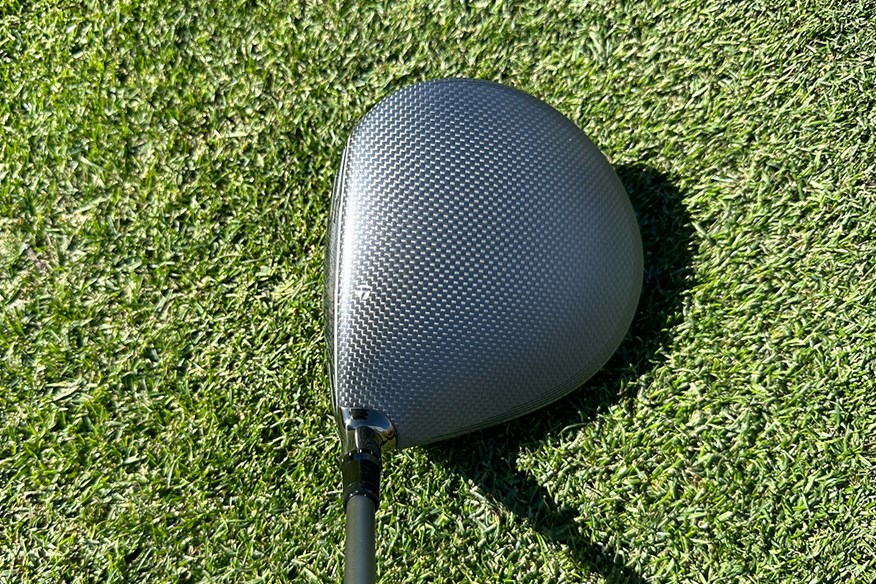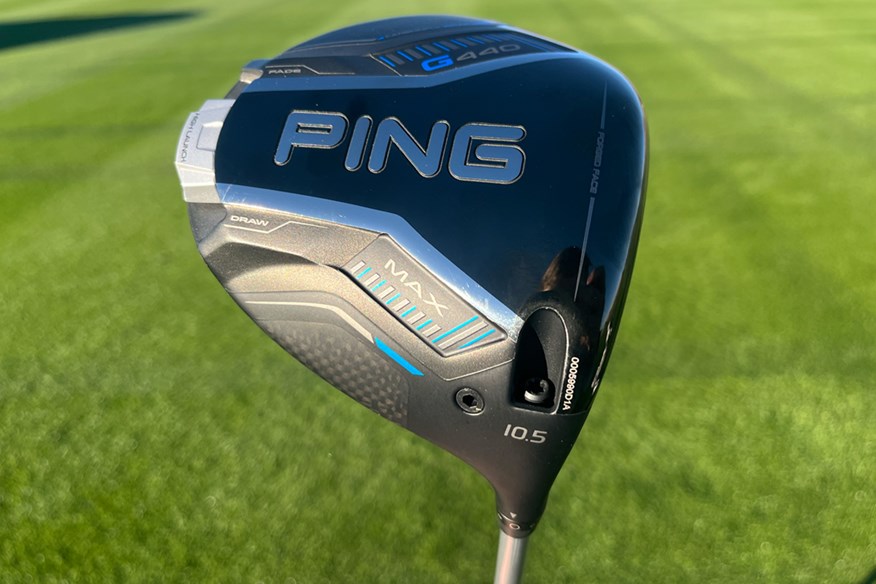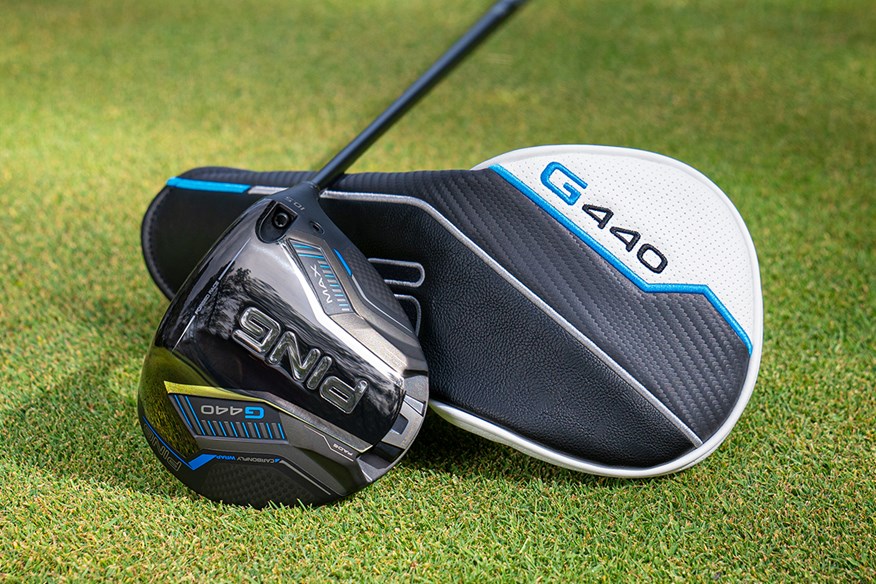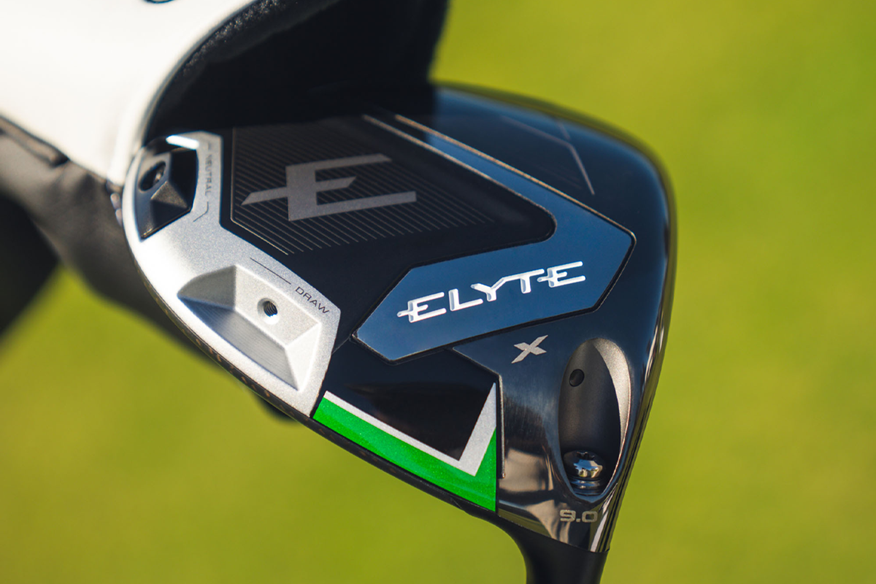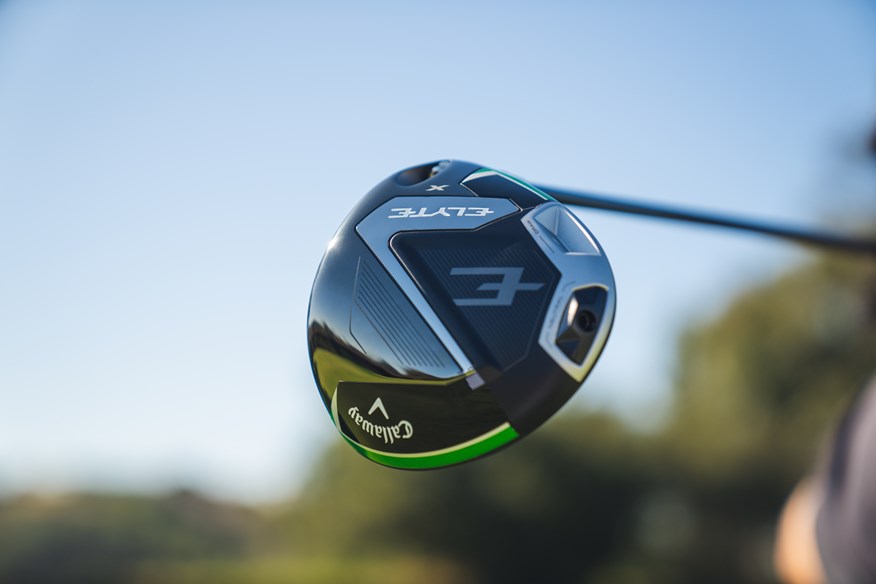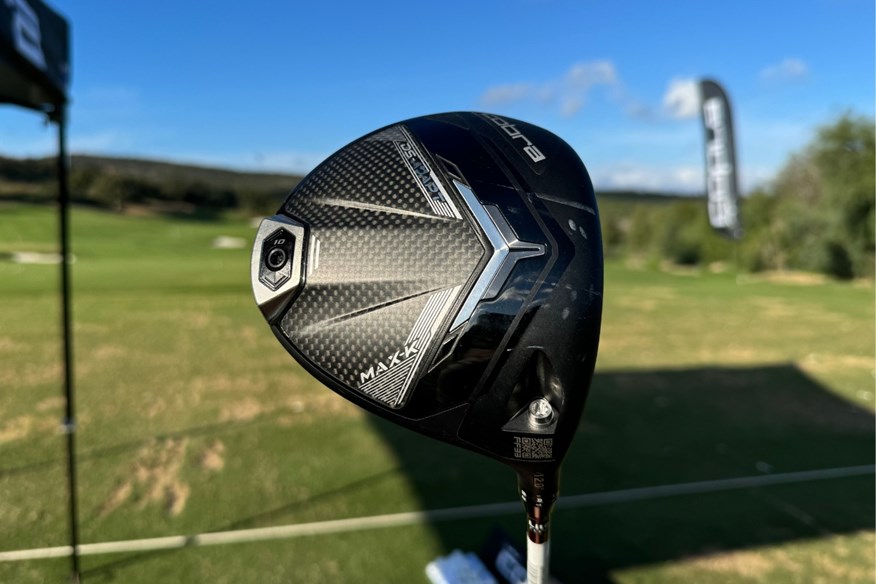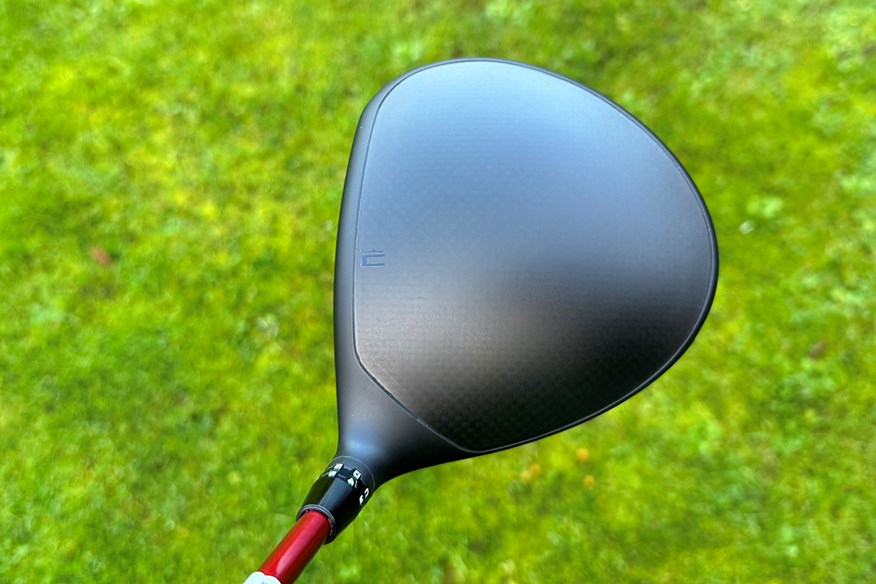Most Forgiving Drivers 2025: The top fairway finders backed by our Head-to-Head data
Last updated:

What are the most forgiving golf drivers in 2025? Today’s Golfer runs the numbers and reveals the ‘tightest off the tee’ to give your off-center strikes a fighting chance.
Most Forgiving Drivers – Jump To:
It’s easy to be seduced by distance when choosing the best golf driver for your game, but it’s important to remember that nobody rips their driver out the middle of the face every time – not even the pros! Consider forgiveness as a ‘built-in damage limiter’, keeping off-center strikes flying straighter and longer than they truly deserve.
Whether you’re prone to striking out the toe, closer to the heel, or like to make full use of the face across your round – considering the type of forgiveness best suited to your game is arguably the most important decision to make. Just because we’ve categorized the models below as ‘forgiving’ is not to say they all perform the same function. Some are draw-biased drivers to help correct a slice, some prioritize launch characteristics and ball speed to preserve carry distance, while others load weight in the back of the clubhead to encourage stability through impact. The technology incorporated into every driver varies, and identifying the best tools to end your typical tee-box tantrums is vital.
Best At A Glance:
Best for ‘carry drop-off’ performance: TaylorMade Qi35 Max | Buy Now – UK
Best for ball speed: Callaway Elyte X | Buy Now – UK
Best for distance with forgiveness: PING G440 MAX | Buy Now – UK
Best value for money: Mizuno ST-MAX 230 | Buy Now – UK
The most forgiving drivers are not exclusively for beginners and high-handicap golfers either. Engineers recognize that competent club golfers with above-average swing speeds are looking for an optimal balance of forgiveness and distance, ensuring they can maintain ball speed while layering on some insurance in the form of tighter dispersion. You only have to look at the taglines from the latest driver launches to see that forgiveness is the name of the game in 2025, irrespective of playing ability.
Don’t overly worry about understanding every piece of technical jargon that’s banded about either, as reading the manufacturer’s claims will have you believe the club will swing itself too! One important term to be aware of, however, is MOI – Moment of Inertia. It provides a quantitative measure of how much resistance the clubhead has to twist during impact. We elaborate more in our buying guide but be aware that the higher this number, the more stable the driver is considered to be and the more assistance your clubhead will have staying aligned to the target through contact.
To help you make the most informed buying decision we have independently tested the drivers considered to be ‘most forgiving’ by their manufacturers in 2025. Our test pro’s results can be viewed in the data table, which has narrowed down our shortlist below, where you can read driver summaries from TG’s Equipment Editor – Alex Lodge, with links to full reviews for everything you need to know. And if your looking to keep the forgiveness rolling down the bag, then be sure to check out our most forgiving irons page too.
Most Forgiving Drivers 2025:
10,000 MOI just got an upgrade
In the hands of our test pro, the Qi35 produced incredibly consistent results, albeit not the fastest of the bunch. Neil was a big fan of the playing profile down at address, and was keen to mention how pleasing the chromium carbon is to look down on, even for the established player. Is this worth upgrading to over the TaylorMade Qi10? Probably not. Nevertheless, it still ranks as one of the most forgiving driver models of 2025.
TG Test Pro Data:
Ball Speed: 162.3mph | Backspin: 2825 rpm | Carry: 275.4 yds | L-R Dispersion: 16.7 yds
Read our full TaylorMade Qi35 Max driver review.
Pros
- Chromium Carbon material adds to the confidence at address.
- Lower CJ Projection for optimal launch and spin.
- The extreme shape and weighting might mean you can use a little less loft to get more ball speed.
Cons
- Large playing profile may be offputting for some.
| Lofts | 9° / 10.5° / 12º (RH/LH) |
| Stock shafts | Fujikura Air Speeder 50g / Mitsubishi Diamana T+ 60g |
| Stock grip | Golf Pride Z-Grip Black/Silve |
Ping's flagship model boasts incredibly stability
For our test pro Neil Wain, the PING G440 MAX yielded some impressive all-round performance, especially with ball speed and carry. Distance in general with PING has always somewhat fallen flat, however in 2025 the G440 range seems to really pack a punch for the amateur golfer.
TG Test Pro Data:
Ball Speed: 163.1 mph | Backspin: 2702 rpm | Carry: 281.8 yds | L-R Dispersion: 31.9 yds
Read our full PING G440 MAX Driver review.
Pros
- You'll struggle to find a more forgiving driver.
- Suited to a wide range of golfers.
- Consistency in launch and spin characteristics across the entire face.
Cons
- Some will complain about the louder sound, I say don't let it put you off.
| Lofts | 9º, 10.5º, 12.5º |
| Stock shafts | Ping Alta CB (counter-balanced) Blue 55 (SR, R, S); Ping Alta Quick 35/45 (HL build only) |
| Stock grip | Golf Pride 360 Tour Velvet |
A sweeter performance no matter where shots hit the face.
The Callaway Elyte X gave us some very impressive all-round data, argubaly being the best performer in our testing. With a mid-level spin, the fastest ball speed and the highest carry, the only metric that it didn't top the charts was the L-R dispersion. An impressive showing from Callaway which we've seen consistently across the board in our testing for metalwoods and irons in 2025.
TG Test Pro Data (Tensei S shaft):
Ball Speed: 163.9 mph | Backspin: 2585 rpm | Carry: 282.2 yds | L-R Dispersion: 26.7 yds
Read our full Callaway Elyte X Driver review.
Pros
- The new Smart Face concept is a really clever idea to tailor a driver more to your game.
- With four models to choose between, there's a driver solution in the Ai-Smoke family for everyone.
- These are good-looking, fast, and lovely-sounding drivers.
Cons
- These are some of the most costly drivers on the market.
| Lofts | 9° / 10.5° / 12° |
| Stock shafts | True Temper Project X Denali Charcoal 50g (5.5-R, 6.0-S) and 60g (6.0-S, 6.5-X) Mitsubishi Chemical Vanquish PL 40g (R2, R) <br>Women’s Mitsubishi Chemical Eldio 40g (L) |
| Stock grip | Golf Pride Tour Velvet 360. |
Cobra enters the 10,000 MOI scene in impressive fashion
At 276 yards, the Cobra DS-ADAPT Max K didn't blow us way with the testing, but our testing pro mentioned that he would expect the driver to perform a lot better if we utilised the FutureFit 33 hosel technology to its full potential. The playing proifle isn't as large as other forgiving 10,000 MOI rivals, which may suit more eyes of amateur golfers.
TG Test Pro Data:
Ball Speed: 160.6 mph | Backspin: 2646 rpm | Carry: 276.1 yds | L-R Dispersion: 33.5 yds
Read our full Cobra DS-ADAPT Max K driver review.
Pros
- Incredibly soft and responsive feel off the face
- Fantastic adjustability due to FutureFit 33
- Outstanding aesthetics - looks great in the bag and behind the ball
Cons
- None
| Lofts | 9° / 10.5° / 12° |
| Stock shafts | True Temper Denali Black 60 (S); MCA Tensei AV Blue 60 (S); True Temper Denali Blue 60 (R, S, X); True Temper Denali Red 50 (R, A) |
| Stock grip | Lamkin Crossline. |
Wilson continues their fine form for 2025
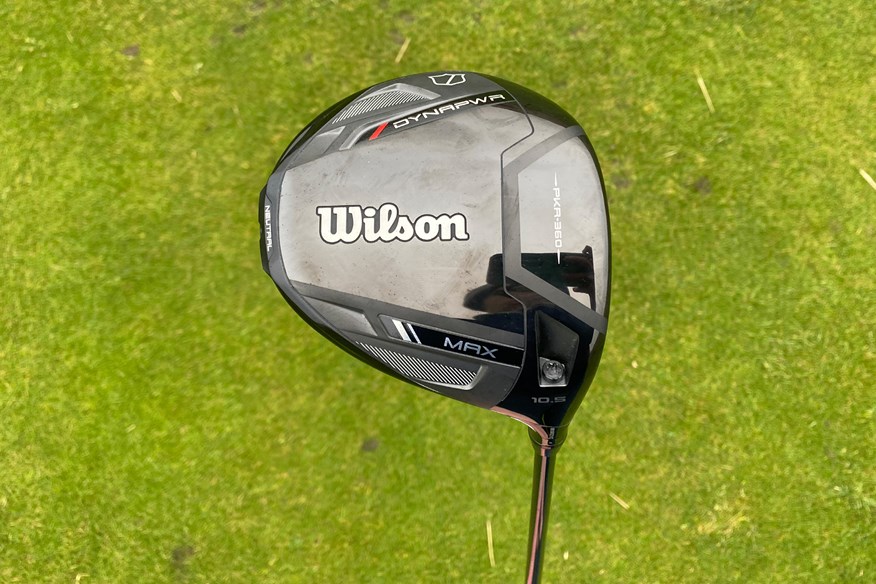

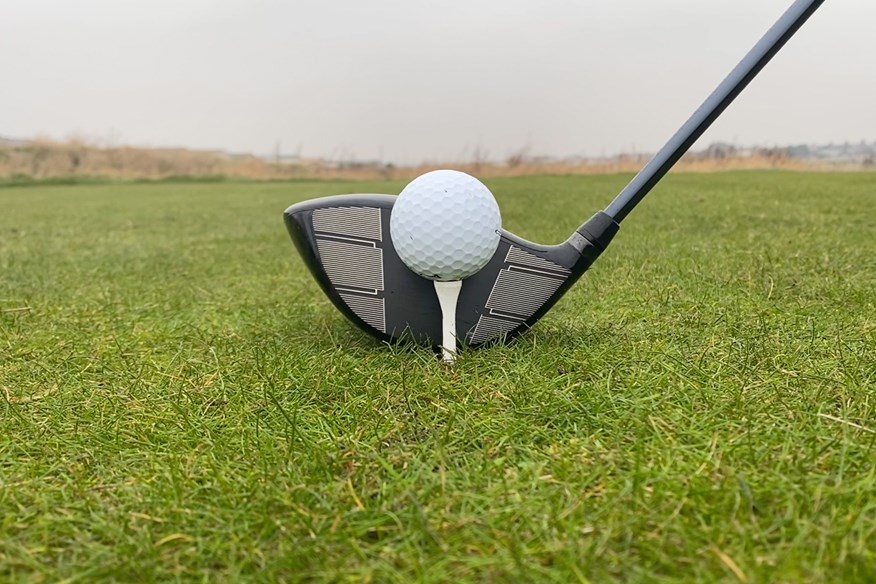
The Wilson Dynapower Max gave us some strange results with our Testing Pro, which was then backed up with further testing in our official review. The L-R dispersion just missed off the top spot, but the remaining data metrics fell flat. We'd still recommend this driver to the amateur golfer seeking help finding the fairway, however the distance needs to be improved to rival the top dogs in this category.
TG Test Pro Data:
Ball Speed: 161.5 mph | Backspin: 2887 rpm | Carry: 273.2 yds | L-R Dispersion: 18.7 yds
Read our full Wilson Dynapower Max Driver review.
Pros
- Lots of driver for the money.
- Designed for club golfers and very forgiving.
- Great looking head shape.
Cons
- Overall distance significantly lacking.
| Lofts | / 9° / 10.5° / 12° / 12° Lite |
| Stock shafts | UST LIN-Q M40 Red 5/6 | UST Helium NCT 4 Lightweight |
| Stock grip | Lamkin Crossline 360. |
The dark horse of our testing
Best value for money
Although the Mizuno ST-230 Max does not have the premium feel of other drivers in this testing, the numbers speak for itself. Boasting very impressive ball speed, spin and distance, any club golfer should consider this driver for the performance and price alone in 2025.
TG Test Pro Data
Ball Speed: 162.4 mph | Backspin: 2519 rpm | Carry: 281.7 yds | L-R Dispersion: 32.3yds
Pros
- One of the longest in this category.
- Beautiful looking driver.
Cons
- Feel can be improved across the face - feels quite dull.
| Lofts | 9.5° / 10.5° / 12° |
| Stock shafts | Aldila Ascent Red, Fujikura Motore X, Mitsubishi Chemical Kai'Li Blue |
| Stock grip | Golf Pride Tour Velvet Cord 360 |
Maximum forgiveness without sacrifices for all abilities.
Best for all abilities
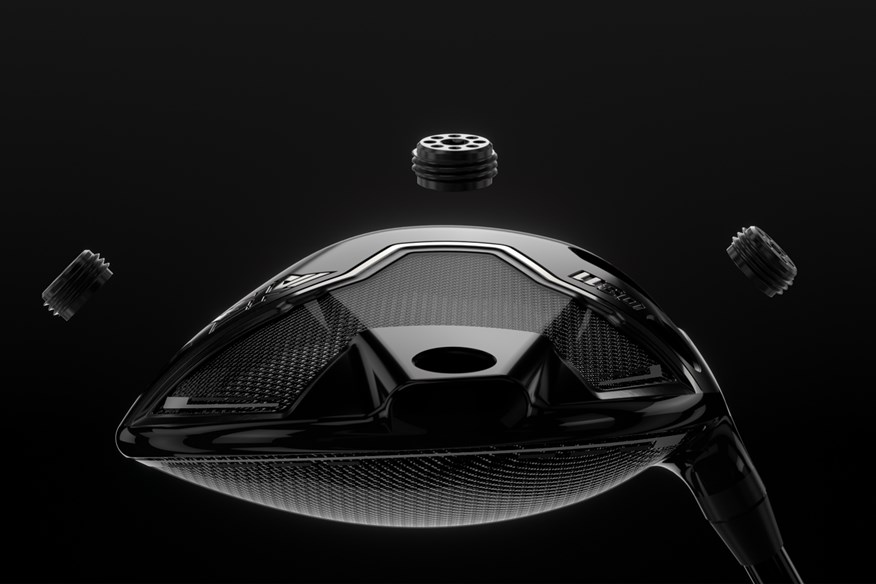

With CG now able to sit lower and further back, engineers have been able to create a high launch angle and low spin rate combination that reportedly delivers increased distance performance and forgiveness. We've yet to get Black Ops in the hands of our test pro, but from our initial hit-out in PXG's London South simulator, the driver appears to deliver on its high launch-low spin promise, producing competitive ball speeds and most importantly, tightening dispersion.
Read our full PXG 0311 Black Ops driver review.
Pros
- PXG Black Ops drivers look the business, sound explosive, and feel exceptional.
- The unique high launch and low spinning combination is highly appealing.
- There's a good selection of stock shafts plus lots of premium upgrade choices.
- PXG's weight and length fitting capability is second to none.
Cons
- Keep an eye on the PXG website as prices can fluctuate regularly.
| Lofts | 8° / 9° / 10.5° / 12.5° |
| Stock shafts | A range of premium shaft options are available. |
| Stock grip | PXG Z5 Black as standard. |
Most Forgiving Drivers 2025: The Data
Below is the data from our independent testing of the most forgiving drivers available in 2025. Only the best ranked for dispersion (shot area) have made our shortlist above, however, you can read about all the other models in our golf club review pages.
| Manufacturer | Model | Loft (°) | Clubhead Speed (mph) | Ball Speed (mph) (+/- SD) | Carry Distance (yds) (+/- SD) | Spin Total (rpm) (+/- SD) | Launch Angle (°) | Height (yds) | Descent Angle (°) | L-R Dispersion (yds) |
| Callaway | Elyte X | 10.5 | 116.0 | 163.9 (1.9) | 282.2 (7.9) | 2,585 (421) | 11.9 | 35.4 | 40.5 | 26.7 |
| Ping | G440 Max | 10.5 | 115.1 | 163.1 (1.3) | 281.8 (5.7) | 2,702 (344) | 12.9 | 39.9 | 43.7 | 31.9 |
| Mizuno | ST-Max | 10.5 | 115.1 | 162.4 (1.6) | 281.7 (8.0) | 2,519 (435) | 12.8 | 37.3 | 42.1 | 32.3 |
| Cleveland | HiBore XL | 10.5 | 113.6 | 160.3 (1.4) | 277.9 (3.9) | 2,561 (225) | 12.5 | 36.7 | 41.9 | 24.7 |
| Cobra | DarkSpeed-Adapt Max K | 10.5 | 114.6 | 160.6 (0.4) | 276.1 (6.8) | 2,646 (319) | 12.2 | 36.0 | 41.8 | 33.5 |
| Cobra | DarkSpeed-Adapt Max D | 10.5 | 116.7 | 163.3 (0.5) | 276.1 (6.8) | 2,963 (263) | 13.0 | 42.1 | 45.3 | 29.2 |
| TaylorMade | Qi35 Max | 10.5 | 115.8 | 162.3 (1.6) | 275.4 (4.6) | 2,825 (418) | 11.4 | 35.7 | 41.3 | 16.7 |
| Ping | G440 SFT | 10.5 | 115.9 | 161.8 (1.8) | 275.3 (5.4) | 2,859 (412) | 13.7 | 41.9 | 46.8 | 42.5 |
| Wilson | DynaPower Max | 10.5 | 113.9 | 161.5 (1.1) | 273.2 (5.9) | 2,887 (281) | 12.6 | 38.8 | 44.0 | 18.7 |
| PXG | Black Ops (Rear) | 10.5 | 113.2 | 162.5 (1.8) | 278.0 (5.9) | 2,696 (221) | 12.0 | 36.7 | 42.1 | 41.9 |
*All lofts at 10.5º unless otherwise stated.
How we tested the most forgiving drivers
We asked the leading brands to send us their 2025 drivers in our Test Pro Neil Wain’s specs.
We created an indoor test lab at Keele Golf Centre to ensure a controlled environment, which meant we could use premium TaylorMade TP5x golf balls and a Foresight GC Quad launch monitor to create the most reliable data possible. We rejected major misses but recorded how shots launched, span, peaked out, and how far they flew in which direction.
See more about how TG tests golf clubs and other equipment.
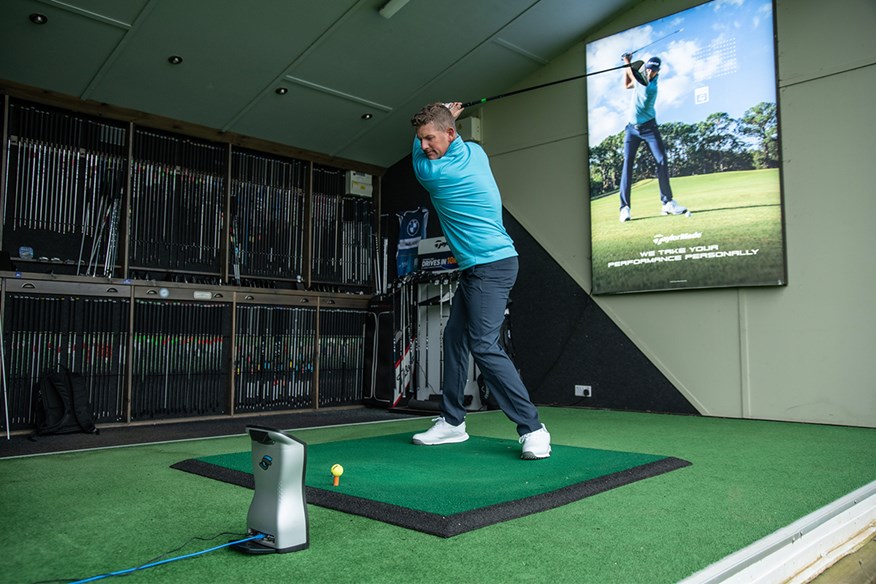
Most Forgiving Drivers: Buying Guide
Choosing a new driver should be a decision you take some time over, to research thoroughly and make sure that you are investing in the club that will take your game to the next level. That’s critical for every player, particularly as second to your putter, the driver should be the club you reach for the most. Regarding forgiveness specifically, here are the key things to consider when selecting your perfect fairway finder.
MOI
A term sprayed around in the golf world more than your wayward tee shots. But what does it mean and why is MOI important? Scientifically speaking, forgiveness is quantified using MOI (moment of inertia), measured in grams per centimeter squared, and defines how resistant the club face is to twisting on impact. Higher MOIs will provide greater forgiveness by keeping the clubface square with your alignment at the point of impact. To put the numbers in context, drivers with MOIs of over 9,000g/cm2 are typically at the highest end of the MOI spectrum with some models now hitting the 10K mark.
Weight distribution
R&D teams are constantly refining the optimal positioning of weight distribution across the club head to achieve specific outcomes. When it comes to forgiving drivers, weight tends to be distributed lower and toward the back of the head as this promotes a launch angle that will help you get the ball airborne and provide stability through impact.
Adjustability
Having the ability to tinker with loft and lie is something that can pay dividends for all levels of golfer, and as such is becoming increasingly commonplace in the latest driver releases. This adjustability enables you to achieve launch angles and spin rates that best suit how you deliver the club through the ball.
For example, a common technical flaw seen throughout the handicap range is an out-to-in swing path that slices across the face of the ball, causing a left-to-right flight (for a right-handed player). This is why, as well as being easy launching, drivers in the ‘forgiving space’ often have a slight draw-bias, or adjustable weighting via interchangeable ports or a sliding mechanism so you can customize based on the severity of your slice.
Custom fitting
Often overlooked by club golfers, but dialing in your optimal set-up with a custom fitting session will likely be of more benefit than the slight performance edge you hope to achieve by selecting one driver over another. With a experiential fitter on hand, not only can they fine-tune the adjustability available in all of the 2025 drivers for your swing, but they can inform you as to why the desired model is right for your game based on the data that the launch monitor has delivered.
Budget
As with most things in the golf world, prices for drivers can vary considerably. Value for money is subjective and therefore you should spend however much you feel comfortable with, be it a premium model, or one with a more competitive price point. Powerhouse driver brands such as Ping, TaylorMade, and Callaway will typically be positioned at the top end of the market, however, there is excellent value (with performance) to be found with other brands such as PXG, Wilson, and Cobra. There’s also the option of a used driver, where you’re able to get a previous model for a fraction of the original price.

Most Forgiving Drivers: FAQs
What golf driver is the most forgiving?
While no driver can turn a complete mishit into a fairway-splitting screamer, it is a fact that some drivers are more forgiving than others. With each new driver launch, manufacturers typically offer one driver geared toward higher-level players and at least one model aimed at those seeking a more forgiving performance off the tee. The TaylorMade Qi35 Max and the Ping G440 MAX are among the most forgiving drivers in 2025.
What makes a driver forgiving?
One of the key factors in the level of forgiveness offered by a driver is the MOI (moment of inertia), which is how stable the clubhead is through impact. This resistance to twisting helps the face stay square to the intended target for longer, encouraging straighter drives, even on off-center strikes.
The most forgiving drivers also pack in technology which helps mishits maintain ball speeds and spin rates closer to what you get from a centered strike, which helps with ball flight and distance.
What is MOI?
MOI is a term used in physics to objectively describe how much resistance an object has to turn about its axis. It stands for ‘Moment of Inertia’ and is used by golf club manufacturers to measure the resistance a clubhead has to twist throughout impact. The higher the MOI, the more stable the club is deemed to be. Scores in the region of 10,000 g/cm2 provide the very highest levels of stability and are generally better suited to beginners and high-handicappers.
What is a draw-biased driver?
Draw-biased drivers are designed to stop the unwanted slice that plagues many amateur golfers. Different draw drivers achieve this differently through fixed or moveable weight systems in the clubhead, but in general, they’re all trying to help you square the clubface to stop the glancing impact that causes the dreaded curved ball flight. Visit our best draw drivers page to see our pick of the bunch in this category.
How do I know which driver is right for me?
Understanding both your swing speed and typical shot shape when hitting from the tee will help you understand the type of driver that is likely to suit you best. Players with slower swing speeds may benefit from drivers with higher launch angles and spin rates that keep the ball in the air a bit longer, helping carry distance.
If you lack consistency off the tee, then prioritizing forgiveness makes sense to help tighten dispersion and also preserve distance on off-center strikes. Ensuring your driver’s hosel is adjustable will also allow you to make tweaks that optimize your swing and help dial in your preferred shot shape.
Subscribe to Today’s Golfer Magazine! In every issue there are exclusive interviews with star players, equipment tests and buying advice, PGA pro tips to you help you shoot lower scores and our highly regarded Top 100 course rankings from around the world.
VIEW SUBSCRIPTION OFFERS
